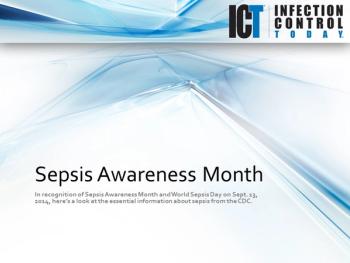
News


CNN.com is reporting that the Office of the Inspector General says that the Department of Homeland Security (DHS) is "ill-prepared" for an outbreak such as the 2009 H1N1 influenza pandemic or a global Ebola outbreak.



















The best defense is a good offense, especially when it comes to the immune system. The troops that respond to an infection are split into two squadrons, and, until recently, it seemed that the two were independent, without much interaction. Now, in a paper published this week in Nature Immunology, a team of scientists from the Virginia Tech Carilion Research Institute and the University of Alabama at Birmingham say that the immunology boot camp is more communication-intensive than initially thought - a discovery that could help efforts to produce more effective vaccines.







